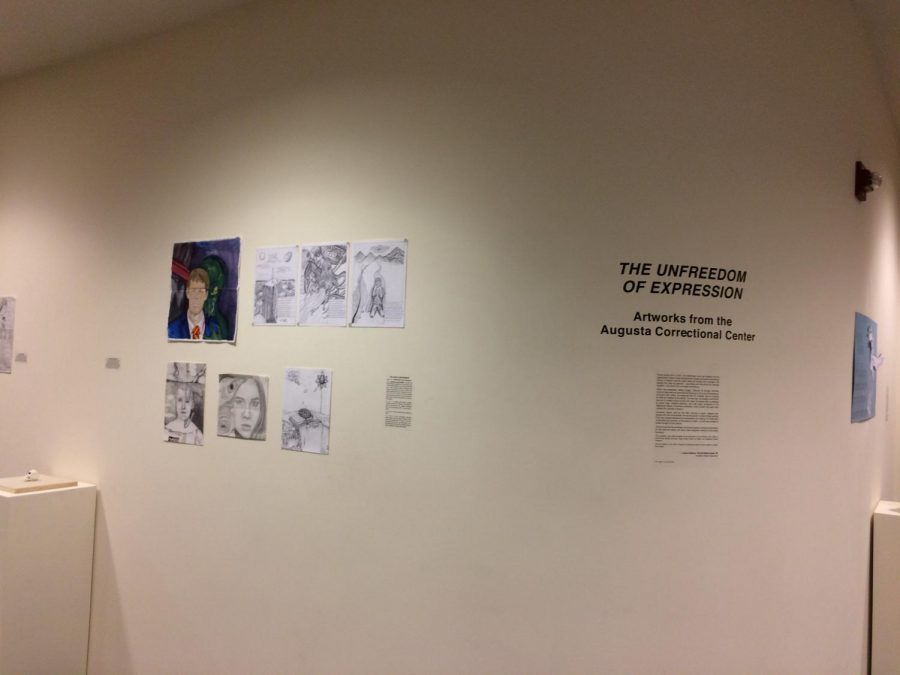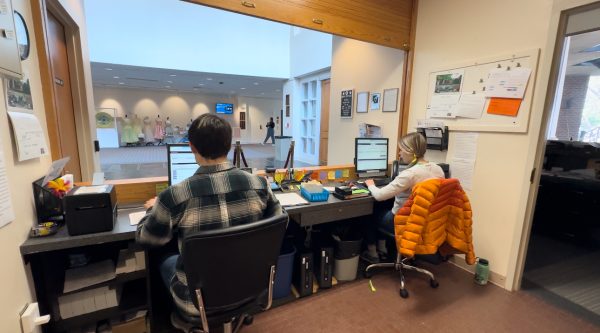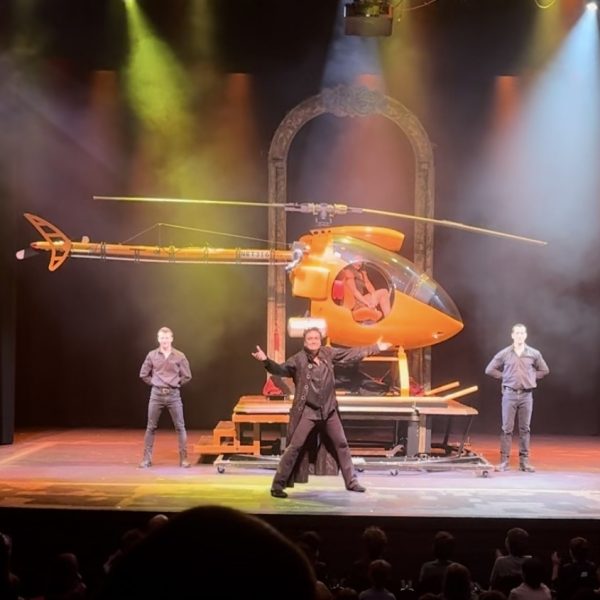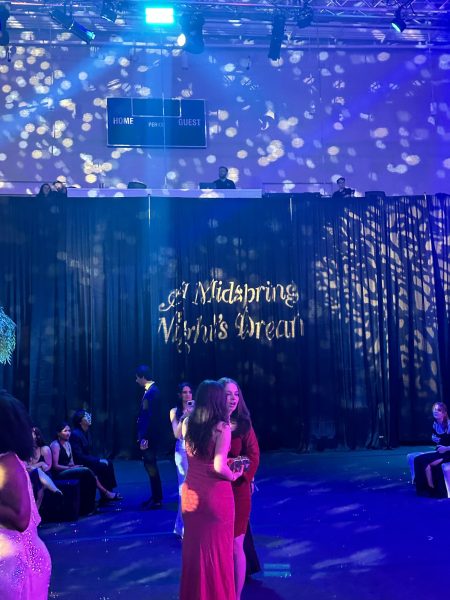Work by incarcerated artists featured in Staniar Gallery’s monthly exhibition
The “Unfreedom of Expression” exhibit is on display in Staniar Gallery in the Lykes Artrium of the Lenfest Center through September 30. Photo by Maria Kisker, ‘21.
September 18, 2018
This month’s art exhibition featured in Washington and Lee’s Lykes Atrium presents perspectives of inmates from local Augusta Correctional Center in Craigsville, Virginia.
“As a prisoner, art becomes a source of freedom and rehabilitation,” Jeffery Suggs, an inmate of Augusta Correctional Center, wrote.
His artwork and the works of 18 other former or current inmates of the center composed the instal- lation, “Unfreedom of Expression; Artworks from the Augusta Correctional Center” that is currently displayed in the Lykes Atrium through the end of September.
This past spring, a class through the Shepherd Poverty Program, “Profit and Punishment,” partnered with the Augusta Correctional Center and provided students the opportunity to learn alongside, and from, inmates.
The untapped artistic talent available at Augusta first became apparent when Suggs, who is currently on parole, came to class with his textbook decorated in detailed drawings.
He scoffed at the class’s praise. The next day, he brought in artwork from inmates he considered more talented. From this, the idea for an art installation was born.
Laura Calhoun, ‘20, and Balen Essak, ‘20, worked with the Roger Mudd Center for Ethics, the Stan- iar Gallery and other sources of funding to bring the project to fruition.
“We, as a society, define people by one action, or one thing they’ve done,” Essak said. “By defining them [as prisoners], we were really constraining their dignity.”
He said this art installation seeks to provide the inmates with an outlet of self-expression. Self- portraits, sculpture and choice of subject provide a window into the inmates’ feelings and reflections of their identities.
Featured artists include William Smitherman, who combines his drawings with poetic text, forming pages of a graphic novel. His main characters are “Madness” and “Despite,” and he describes himself as “secretly a robot.”
One artist carved a skull entirely out of soap. Motives of injustice and death are common, but family, love and beauty are also examined through their lenses. Further astonishing are the risks the artists took to express themselves. Prison officials explained to Essak that many of the supplies used are contraband and, had they been found, would have resulted in disciplinary actions.
The short bios posted alongside these works are just as moving.
“I hope someday to be released on parole and take my talent to be used in society and community,” inmate Anthony Hall wrote. His work features figures symbolizing hope and freedom.
The works showcase inmates’ voices in a place where individual expression is often silenced.
A small notebook was left by the exhibit for viewers to record their reactions. An anonymous guest wrote, “Thank you for giving me this opportunity to learn a little about life from your perspectives.”
From this entry and other reactions like it, it is apparent that this installation has sparked a mean- ingful conversation within the walls of the Washington and Lee community. But that wasn’t why the students organized it.
“The most important thing is that the artists are seen and heard,” Calhoun said. “They deserve to be seen.”
Calhoun’s learning partner, inmate Umah Owens, wrote: “It means a lot knowing that there are people out there who recognize our existence.”
Calhoun said she hopes to make this art exhibit an annual occurrence.













